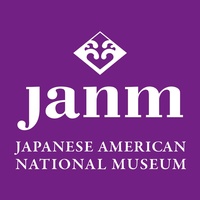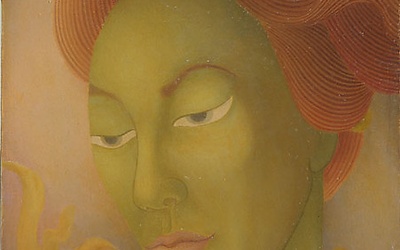Japanese American National Museum Magazine

These articles were originally published in the print member's magazine of the Japanese American National Museum.
Stories from this series
Hideo Date: An Introduction
May 10, 2007 • Karin Higa
He hung up the phone, but not before he had politely, yet firmly, asked me not to call again. It was almost 10 years ago. I was a young curator who had finally found Hideo Date living in New York, in Queens. I had heard bits and pieces about Date and his art from a variety of sources, art historians and community folk alike. An idiosyncratic personality who had lived and worked in the heady days of pre-World War II …
Overcoming Tragedy at Manzanar: The Story of the Sakaguchi Family
April 13, 2007 • Sharon Yamato
After living in this country for thirty-four years and raising seven children, my mother, who was a schoolteacher in Japan before coming to this country, was doing stoop labor. She carried around the ashes of my brother, father, and sister for several years. When she received the government’s token compensation of $1,800 for the family’s losses, it paid for the gravestone under which the three are buried. —Dr. Mary (Sakaguchi) Oda at Commission Hearings on Wartime Relocation and Internment of …
















